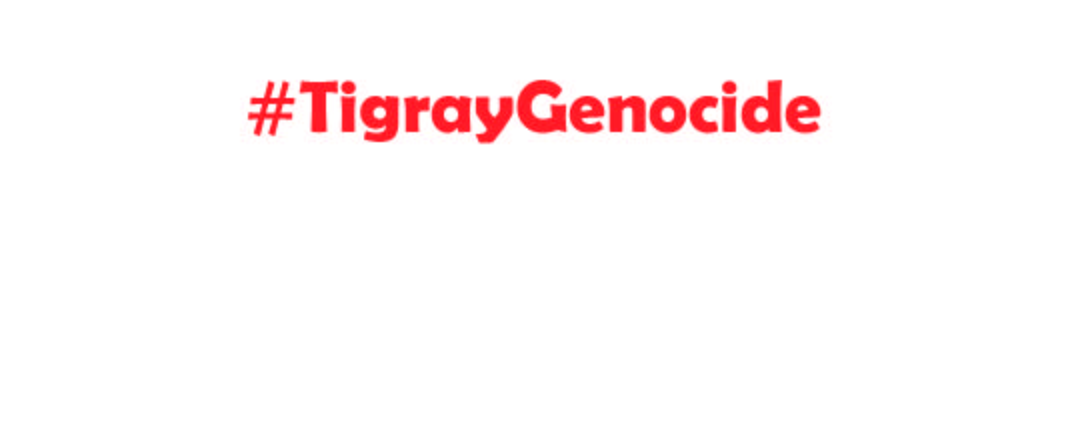| Published at: Democracy in Africa Co-authored article |
After two years of ravaging war, the Tigray Regional State’s government, represented by the Tigray People’s Liberation Front (TPLF), and the Federal Government of Ethiopia, reached an Agreement for Lasting Peace through the Permanent Cessation of Hostilities (CoHA). The agreement prescribes that “the establishment of an inclusive Interim Regional Administration will be settled through political dialogue between the Parties” (Article 10.1), without specifying the modalities to such effect or the composition of and balance of power within an interim administration.
The process to establish an Interim Regional Administration (IRA) has been prolonged and the TPLF leadership has increasingly been criticised by various Tigrayan stakeholders for delaying and controlling the process. So will the process ultimately lead to an IRA that will be mutually acceptable, legitimate and stable? In this article, we explain why some of the early signs are worrying. We ask who is in control of the process, who should be represented in the IRA, and what checks and balances and be introduced to ensure that it represents the interests of Tigrayans themselves.
Who is in control? In mid-February this year, the TPLF established a nine-member committee to explore and propose an interim administration set-up, headed by the commander of the Tigrayan Defence Forces Lt. Gen. Tadesse Wereda. The opposition parties and other stakeholders were frustrated by the lack of consultation and inclusivity on the establishment of the committee.
They also critiqued how rushed the process to prepare and propose an IRA turnout out to be. Against the backdrop of this criticism from Tigrayans, the process thus missed the opportunity to take corrective action and bestow popular legitimacy and public trust on the proposed regional administration. To resolve some of these tensions, those involved in constructing the IRA need to find inclusive and mutually acceptable answers to the following questions:
a) what should be the key tasks of the IRA?;
b) what structures does the IRA need?;
c) who should be included in the IRA, and how should power be shared among the stakeholders to ensure the right balance of power?;
d) what kind of checks-and-balances on executive power and oversight functions should be designed to safeguard a stable and inclusive transition?; and, finally
e) how should an interim dispensation be anchored at the grassroots and reflected in local administration?
